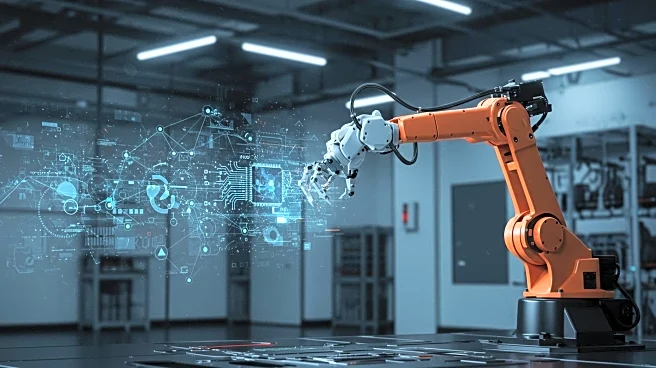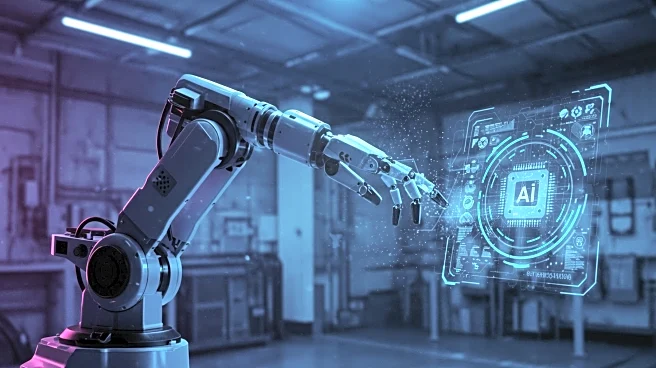What's Happening?
The travel industry is undergoing a significant transformation as artificial intelligence (AI) evolves from a tool to a foundational operating system. Traditionally, AI was used in isolated areas like chatbots and fare forecasting. However, the current trend involves integrating AI into the core architecture of travel businesses, redefining how they operate and meet modern travelers' expectations. AI now manages real-time booking modifications, cancellations, and itinerary changes, enhancing hotel attachment rates and ensuring travel policy adherence. This shift is not just about easing workloads but creating a robust business model that strengthens with each interaction.
Why It's Important?
The integration of AI as an operating system in the travel industry brings substantial benefits, including accelerated service delivery, improved consistency, and reduced friction associated with legacy systems. This transformation enhances both the traveler experience and the company's bottom line. Travel management companies can automate booking requests, create passenger records without agent input, and remember traveler preferences across interactions. This leads to shorter response times, lower handling costs, higher compliance with service level agreements, and more personalized services at scale. AI not only speeds up processes but also makes them smarter, allowing agents to focus on complex tasks and high-value customer engagement.
What's Next?
AI is becoming the infrastructure of the future, and companies that embrace it as an operating system will gain a competitive edge. They will be more agile, scalable, and resilient, meeting travelers' needs more effectively. In contrast, businesses that cling to outdated systems face strategic liabilities. The question for travel leaders is whether they will continue adding tools to aging systems or build an operating system ready to lead the future of travel.
Beyond the Headlines
Investing in an AI-powered operating system is a strategic decision with measurable returns. Unified AI systems reduce the need for patchwork solutions and lower operational overhead. Streamlining tech infrastructure shortens onboarding times, reduces training requirements, and minimizes operational friction. This transformation not only streamlines operations but also creates opportunities for innovation. By freeing teams from legacy constraints, companies can experiment with new service models, test loyalty initiatives, and unlock new revenue streams. AI thus serves as both a cost saver and a growth enabler.











